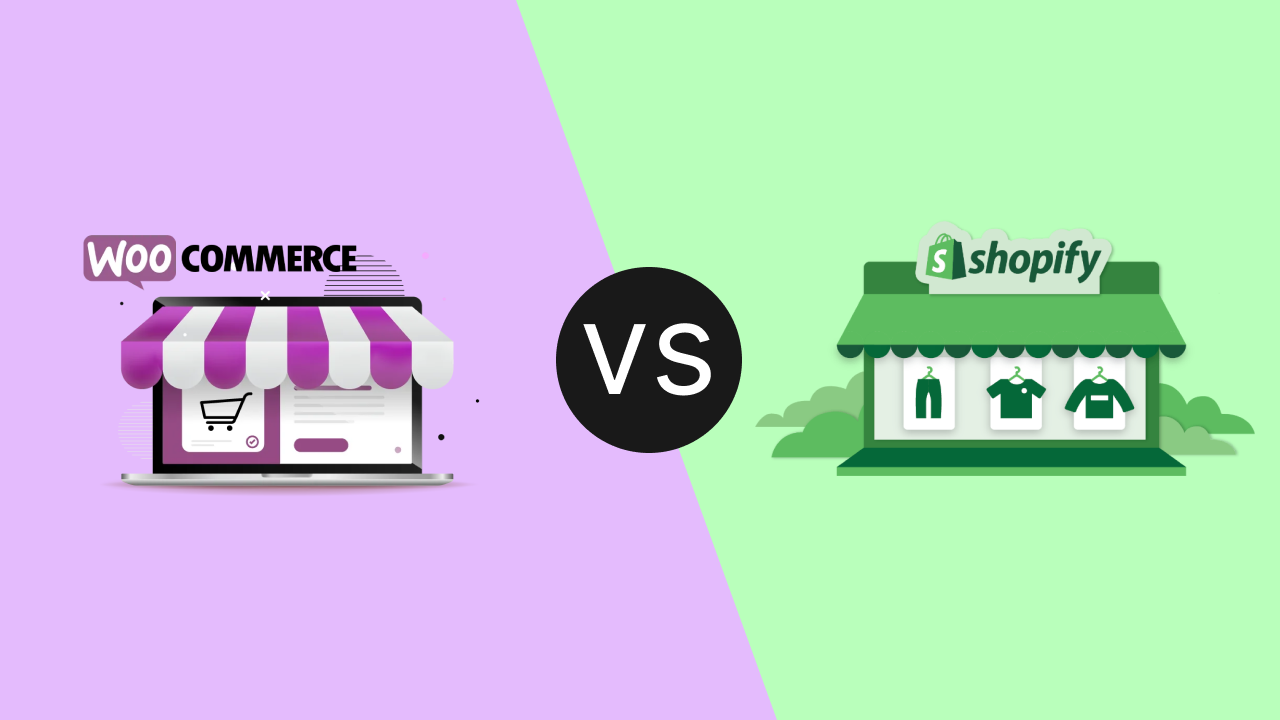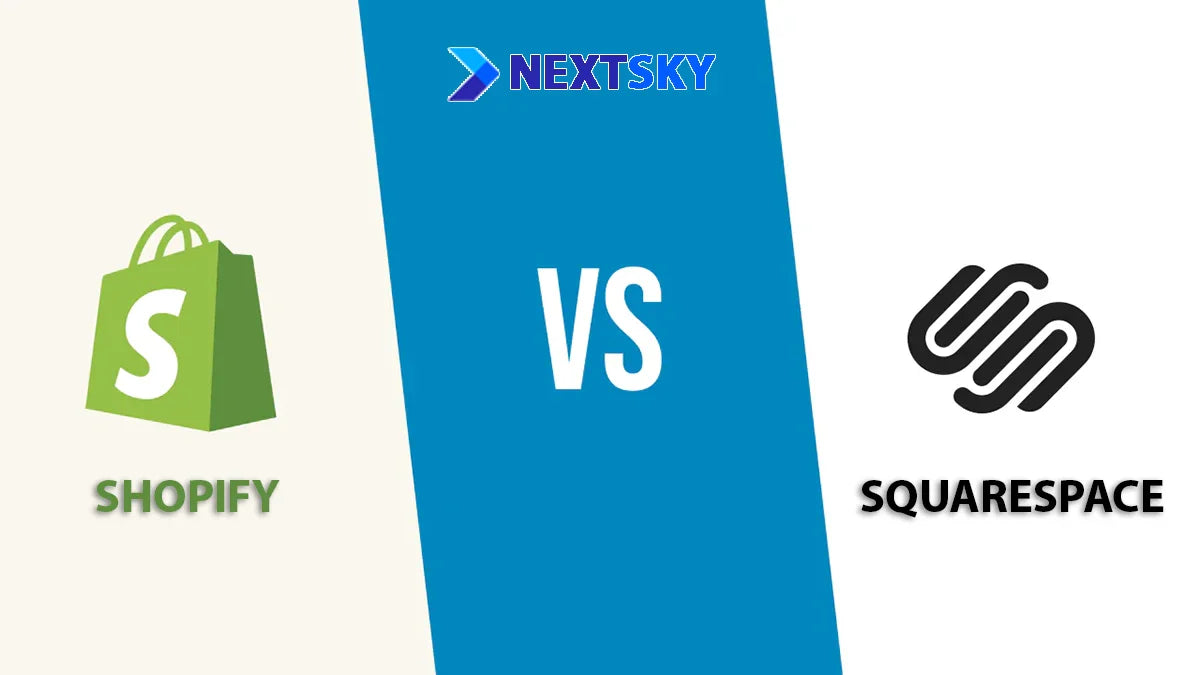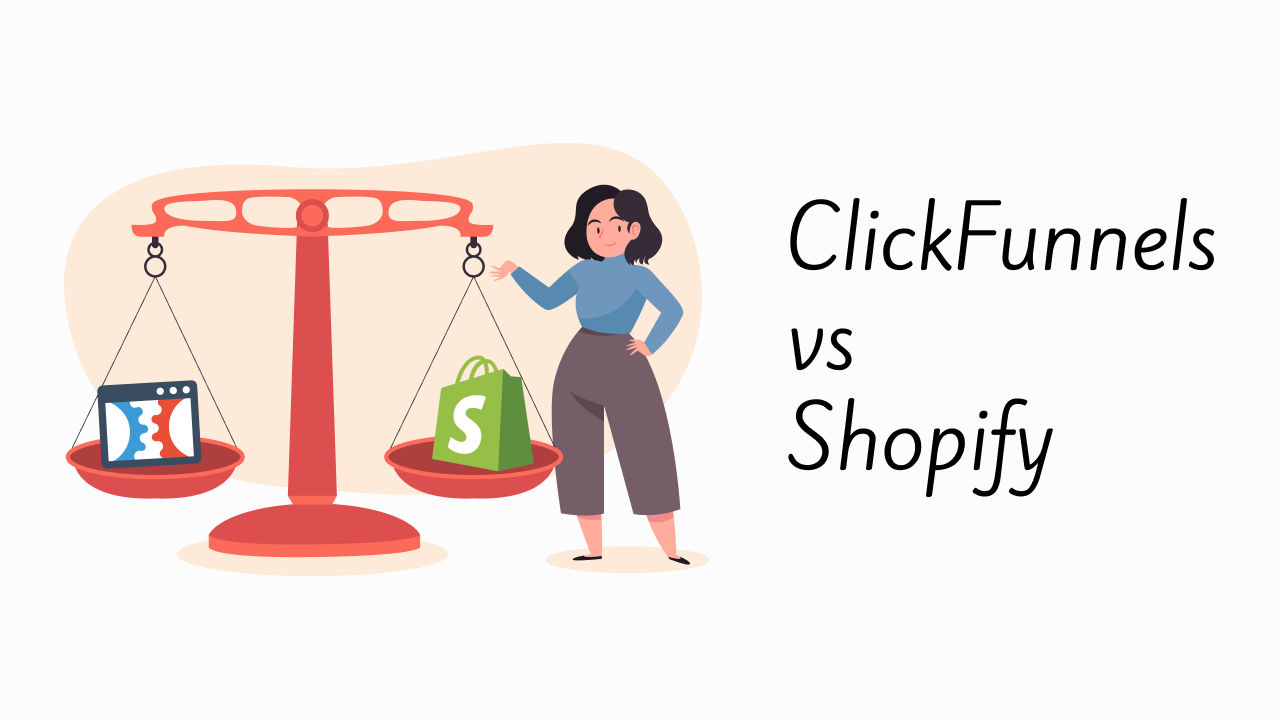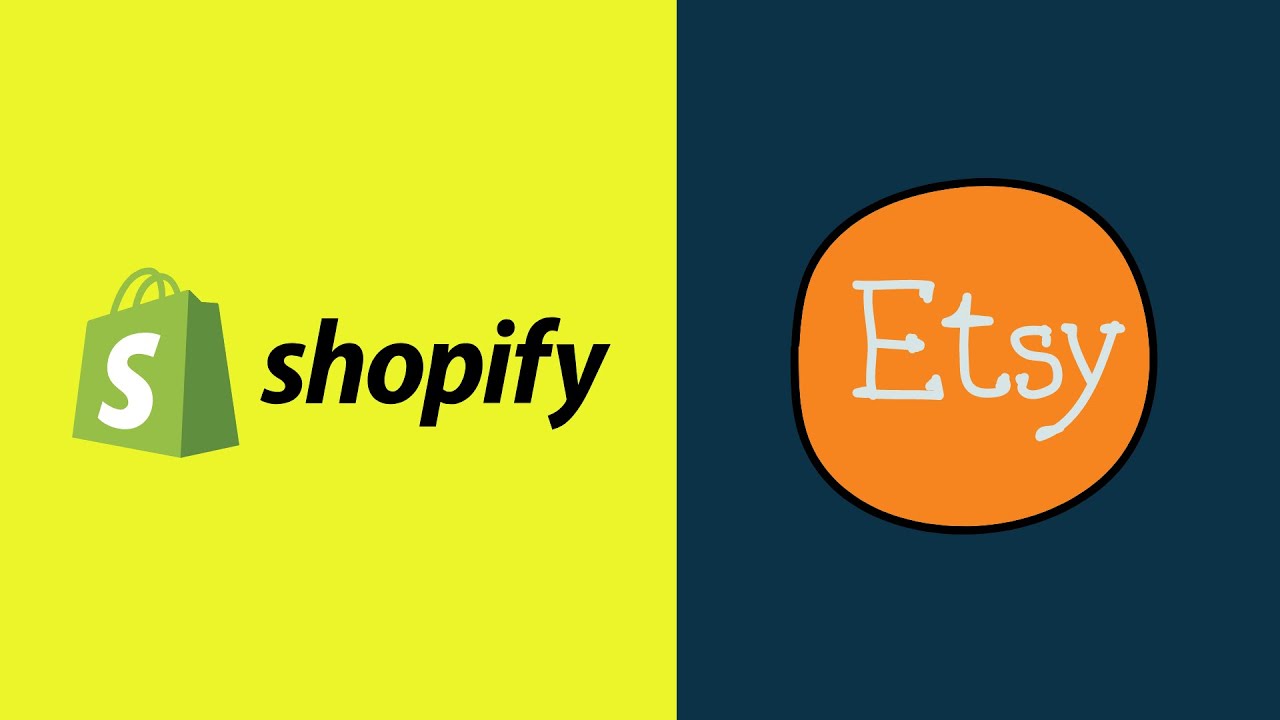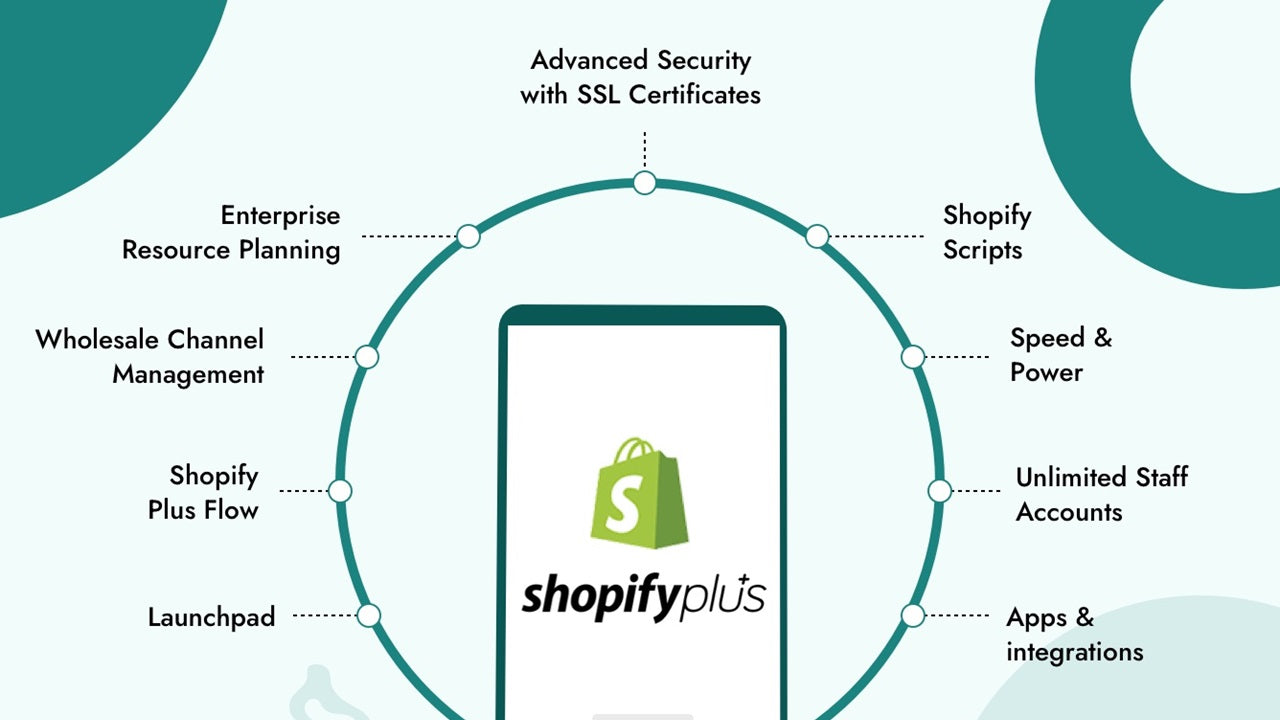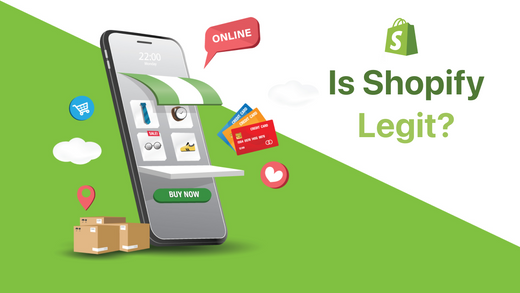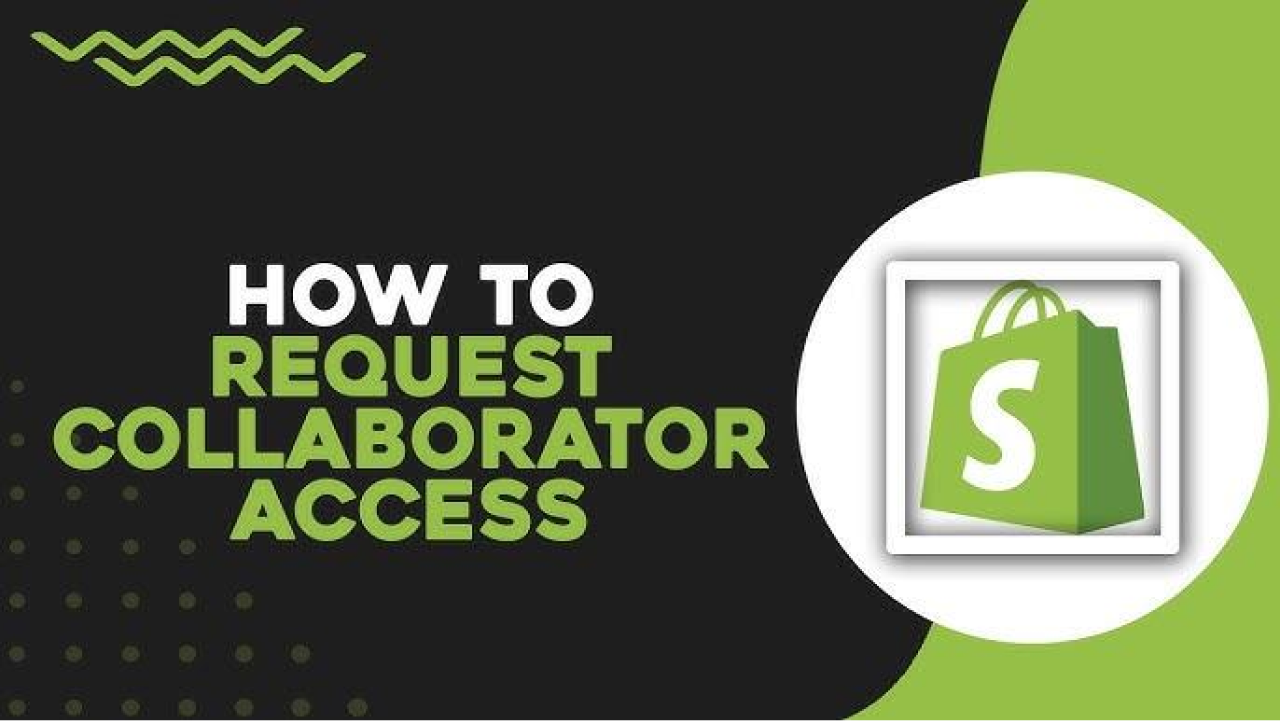A Simple Guide To Shopify Image Size
Table of Contents
Understanding the right image sizes for your Shopify store is crucial for creating a visually appealing and fast-loading website. In this simple guide, we’ll break down everything you need to know about Shopify image sizes. Whether you’re new to Shopify or looking to refine your store’s visuals, this guide will help you make the most of your images.
Best image size for websites recommended by Shopify
|
Website image type |
Desktop image dimensions (W x H) |
Mobile image dimensions (W x H) |
Recommended aspect ratio |
|
Background image |
2560 x 1400 pixels |
360 x 640 pixels |
16:9 |
|
Hero image |
1280 x 720 pixels |
360 x 200 pixels |
16:9 |
|
Website banner |
1200 x 400 pixels |
360 x 120 pixels |
3:1 |
|
Blog image |
1200 x 800 pixels |
360 x 240 pixels |
3:2 |
|
Logo (rectangle) |
400 x 100 pixels |
160 x 40 pixels |
4:1 |
|
Logo (square) |
100 x 100 pixels |
60 x 60 pixels |
1:1 |
|
Favicon |
16 x 16 pixels |
16 x 16 pixels |
1:1 |
|
Social media icons |
32 x 32 pixels |
48 x 48 pixels |
1:1 |
|
Lightbox images (full screen) |
1920 x 1080 pixels |
360 x 640 pixels |
16:9 |
|
Thumbnail image |
300 x 300 pixels |
90 x 90 pixels |
1:1 |
Background images
Background images are often the biggest images on your website. Naturally, they will have the biggest file size.
- Recommended image width: 2560 pixels
- Recommended image height: 1400 pixels
- Aspect ratio: 16:9
- File size: <20MB
Hero images

Hero images have the biggest impression on customers since they are the first big piece of content they see when they visit your website.
- Recommended image width: Between 1280 pixels and 2500 pixels
- Recommended image height: Between 720 pixels and 900 pixels
- Aspect ratio: 16:9
- File size: <10MB
Website banner images

Website banner images can come in multiple sizes and shapes, depending on what you want to show your customers.
- Recommended image width: Check with the ad platform
- Recommended image height: Check with the ad platform
- Aspect ratio: Various
- File size: <150kb
Blog images
Blog images are various in size and type. The best practice is to set a fixed image size for your blog posts.
- Recommended image width: 1200
- Recommended image height: 800
- Aspect ratio: 3:2
- File size: <200kb
Logos

Logos are one of the smallest images on your website. Most logos opt for either a rectangular or square aspect ratio. Rectangular logos often also contain the text/ name of the company.
- Recommended image width: 100 pixels
- Recommended image height: 100 pixels
- Aspect ratio: 1:1, 2:3, 4:1
- Recommended file size: 1 MB
Why is image size important for websites?
You can spend hours perfecting the design of a banner, but it will look over-stretched, blurry, and pixelated if you don’t set the right size for it. Those weren’t even the worst scenarios, customers might even leave the page before they can even see your images because they took too long to load.
If you pay attention to the image sizes on your Shopify store, you will get these benefits:
Better user experience
Large, high-resolution images that aren’t optimized can take longer to load, leading to frustration and potentially causing visitors to leave the site. By using appropriately sized images, you provide a smoother, faster browsing experience, keeping users engaged and more likely to explore your content.
Improve loading speed
Faster-loading pages are essential for retaining visitors and reducing bounce rates. In an era where users expect instant access to information, ensuring that your images don’t slow down your site is vital for keeping your audience on your site and enhancing overall performance.
Improve SEO ranking
Search engines like Google prioritize fast-loading websites in their rankings, and optimized images are a key factor in achieving this. Additionally, properly sized images reduce the load on servers and bandwidth, contributing to a more efficient and SEO-friendly website. This, in turn, helps boost your visibility in search engine results, driving more organic traffic to your site.
Top 3 image file types to use on your Shopify Store
Choosing the right image file types for your Shopify store is crucial for balancing visual appeal with site performance. With so many options available, it can be challenging to know which formats will deliver the best results.

In this guide, we’ll explore the top three image file types—JPG, PNG, and WebP—that are essential for creating a visually stunning and fast-loading online store. Whether you’re showcasing product photos, logos, or banners, these formats will help you optimize your images for both quality and speed.
JPG
JPGs offer a good balance between image quality and file size, making them ideal for product photos. They compress well, which helps to keep your website loading quickly without compromising too much on image clarity.
PNG
PNGs support transparency and provide higher-quality images with solid colors or text, making them perfect for logos and other graphics that need to be clear and crisp. However, PNG files tend to be larger, so they should be used sparingly to avoid slowing down your site.
WeBP
WebP is a newer format that provides superior compression while maintaining high quality. It supports both lossy and lossless compression, meaning you can use it for a wide range of images in your store. WebP files are smaller than JPGs and PNGs, leading to faster load times and improved site performance. However, you should ensure compatibility with all browsers, as some older browsers may not fully support WebP.
How to add images to your Shopify store?
Adding images to your Shopify store is fairly simple. Here is how you do it:
- Go to the Shopify admin panel, click on the product, collection, web page, or blog post, wherever you want to add an image.
- Click Add Image/ Insert Image.
- You can upload an image to your store or pick an existing image from the library.
- You can adjust the size and alt text of the image.
- Click Save to activate the image.
>>>> Read more:
